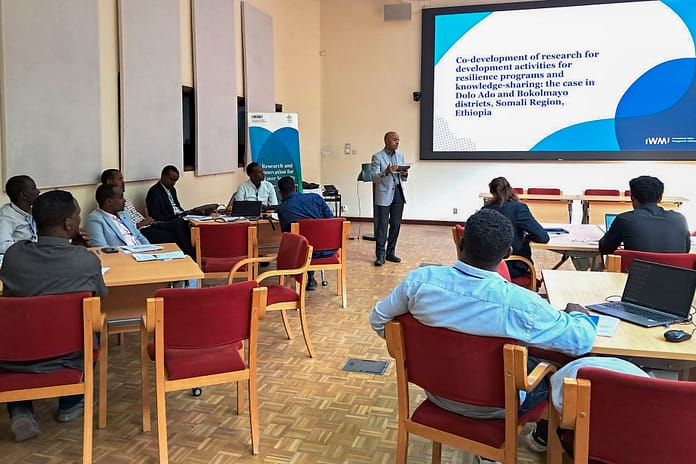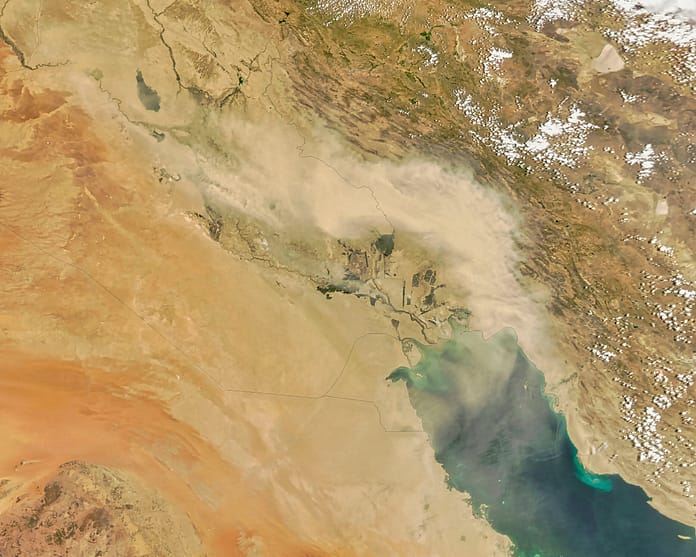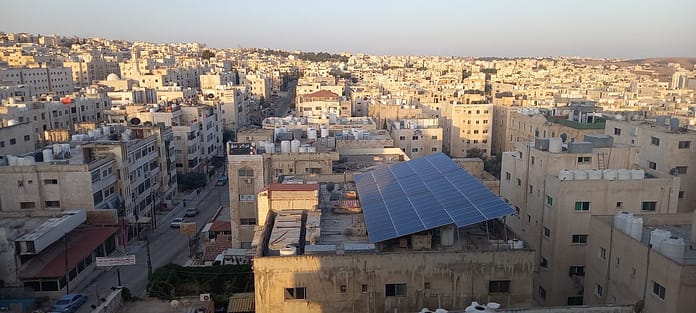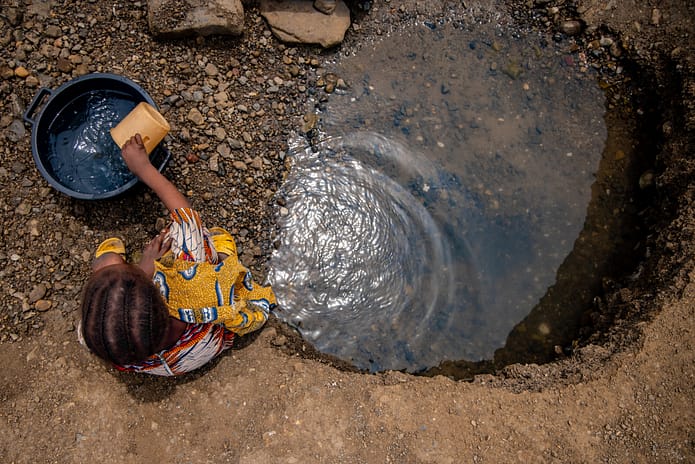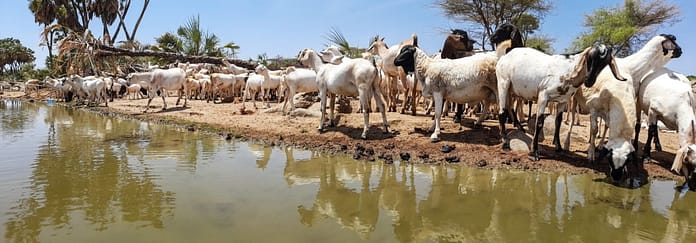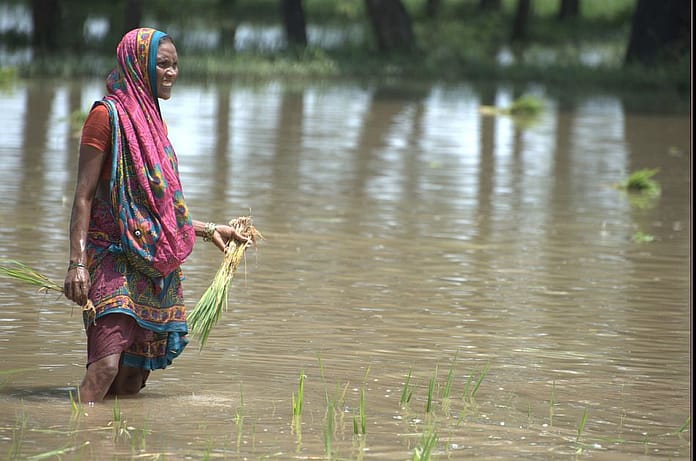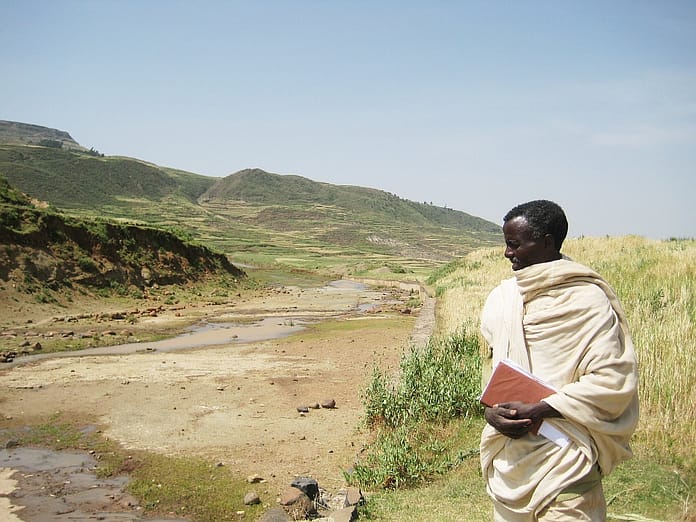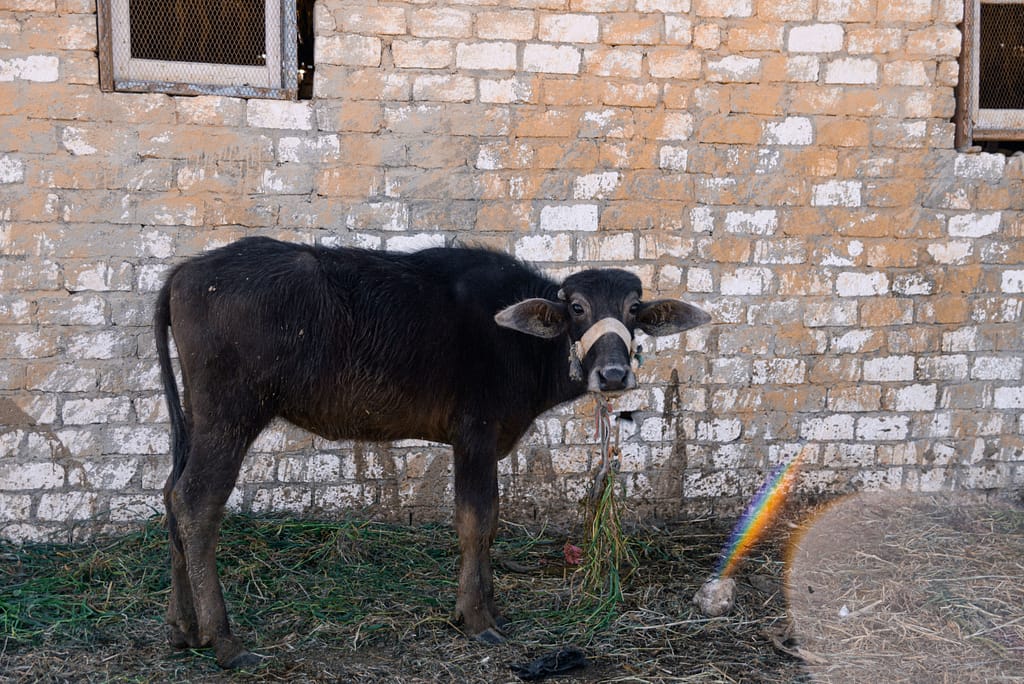
With its broad, sinewy frame and calm, heavily lashed gaze, the water buffalo cuts a striking figure. Its dark hide gleams in the sun, muscles shifting beneath the skin as it moves. Arched horns sweep back low along its neck. In the early light of irrigated fields from the Nile Delta to the Sri Lankan lowlands, these animals begin their daily routines — tethered in gardens, standing in shaded pens or cooling off in nearby canals.
Celebrated on June 15, the International Working Animal Day recognizes the vital contributions of animals, such as the water buffalo, to rural livelihoods. This year’s focus on water scarcity is especially fitting for a species so closely linked to rivers, canals and wetlands.
The water buffalo is far more than a beast of burden. It is a multi-functional, living asset — offering rich milk, draft power, meat and manure that fortifies depleted soils. In many countries where the International Water Management Institute (IWMI) operates, such as India, Sri Lanka, Pakistan, Egypt and Iraq, buffalo is at the heart of the circular rural economy.
India alone accounts for more than half the world’s buffalo population. But they are equally indispensable in Egypt, where they are raised in home gardens and irrigated plots, and in Iraq, where they form the backbone of rural life in the country’s southern marshlands.
Their versatility is part of what makes them essential to farming systems reliant on irrigation. Buffalo can feed on crop residues, produce milk that’s processed into cream, cheese or clarified butter (samna baladi or ghee), and provide manure — a renewable fertilizer whose value is often underestimated. In his recent paper discussing Sri Lanka’s 2021 fertilizer ban, IWMI researcher Pay Drechsel highlights how farmers fell back on natural sources of nutrients — including buffalo manure, which proved critical for sustaining crop production when synthetic inputs were no longer available.
In most rural households, the daily care of buffalo is predominantly the responsibility of women. From collecting feed and cleaning pens to milking and processing dairy, it is women, often juggling household chores and caregiving duties, who sustain these animals.
“The kids are too small to help me with anything substantial at this point,” says Naima Abdelaziz Mohamed, a 31-year-old mother of three from the village of Izbat al-Hamra in Egypt’s Beheira governorate. “I make cheese and samna baladi (ghee) and butter at home, with the milk from our buffalo. The excess ghee and cheese that we won’t eat, I sell at the local market in Abu El Matameer. Or if I need money, then I’d sell it too.”
During a 2013 Learning Alliance meeting in Cairo, researchers from the International Center for Agricultural Research in the Dry Areas (ICARDA) shared that, over a 305-day lactation period, roughly a quarter of a buffalo’s milk in Egypt is consumed at home or by calves, 40 percent is sold to motorized mobile collectors, and the rest is processed into high-value products like cheese or clarified butter.
But in many low-income rural households, decisions about how milk is used are not strictly economic. Nutrition and education are often in silent competition: income from milk sales may be needed to send children to school, but if too much is sold, the family’s diet suffers.
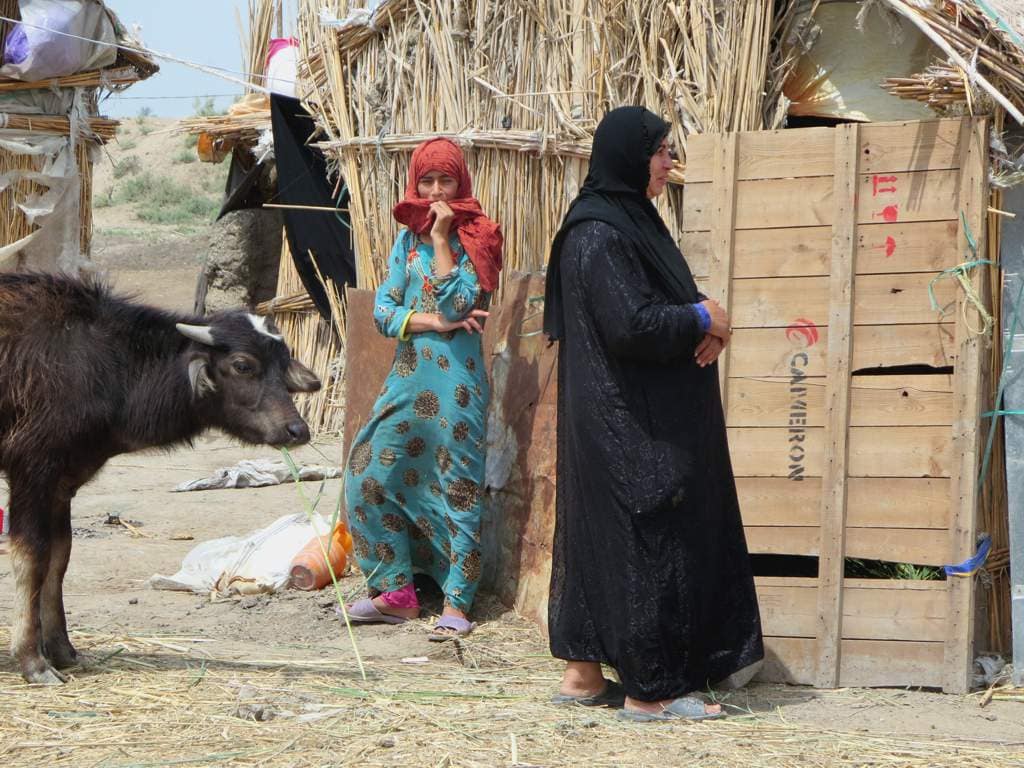
In Iraq’s Mesopotamian marshes, the water buffalo plays a distinct yet equally crucial role. There, herders paddle long wooden canoes through the reeds to tend their animals, which wade chest-deep in the calm, silty waters of the wetlands. The buffalo is not just a source of livelihood — it is part of the social and ecological fabric of marsh life. But decades of war, prolonged drought and upstream water diversions have ravaged the landscape, decimating buffalo herds and threatening a way of life that stretches back millennia.
“In the marshlands, deteriorating water quality is threatening buffalo’s health and numbers,” explains Mohamed Tawfik, a IWMI researcher working on nature-based solutions in southern Iraq. “They are a key cog in the system — converting wetland vegetation into milk, maintaining the marsh ecology and sustaining pastoral communities that have few other economic options.”
IWMI is currently supporting the UN World Food Programme’s ‘Enhancing Agricultural Sustainability in the Water-Food-Energy Nexus: Integrated Interventions’ in southern Iraq, a program to rehabilitate portions of the marshes through nature-based solutions to restore wetland functions and help herders stay resilient in a rapidly warming world.
On this International Day of Working Animals, it is worth recognizing the central role water buffalo play in the survival of rural households. They help close nutrient loops, reduce input costs and generate steady income through milk and dairy processing. In places where rural incomes are volatile and synthetic inputs are increasingly unaffordable or unavailable, buffalo offer stability, both economic and nutritional.




